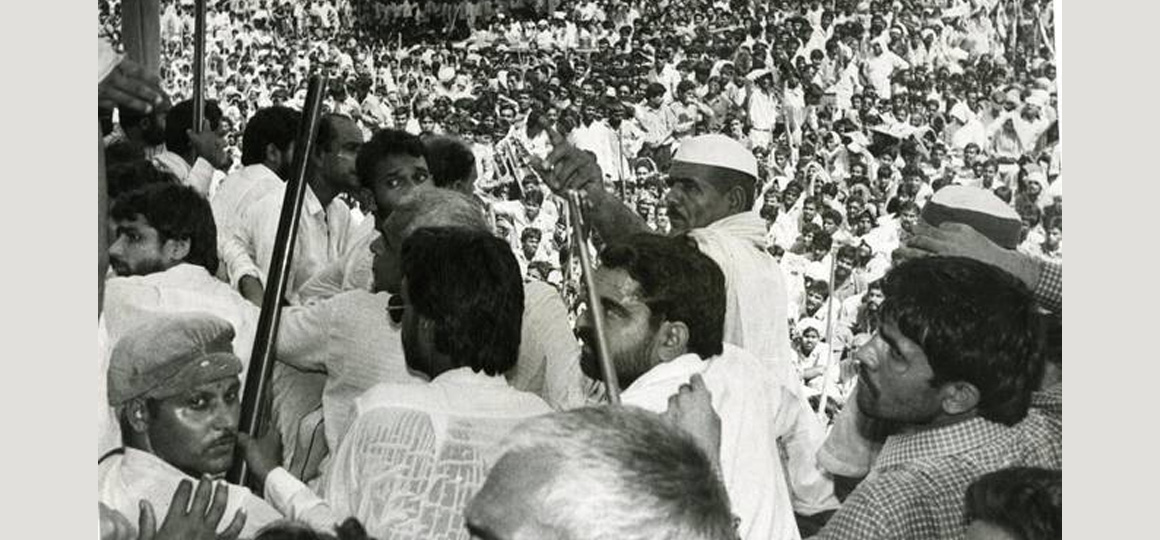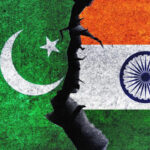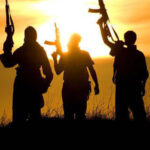Some protests strengthen democracy, others weaken it
The seat of power has always been a platform for protest. As a child, I would marvel at the fact that the ‘Boat Club’ on Rajpath, just a few hundred metres from Parliament, North and South Block, and Rashtrapati Bhavan, could be used by protesters of all political colours and hues. Protest marchers would begin at the Boat Club and walk to Gol Methi Chowk, just next to the Prime Minister’s residence. As a teenager one witnessed the tens of thousands of farmers led by the Bharatiya Kisan Union “occupy” the lawns from India Gate up to Vijay Chowk for a week in 1988, and then the Mandal anti-reservation agitation of 1990. Years later, it was the anti-corruption movement of 2011 and the protests against the gang-rape of a young woman in Delhi in 2012 that saw crowds overrun parts of “Lutyens’ Delhi”, as the area surrounding Parliament is known. In later years, protests in these areas were no longer allowed, and the government now restricts marches to a small strip of road near the Parliament Street Police Station, while larger protests like those against the Citizenship (Amendment) Act and the ongoing protests against the farm laws have been relegated to the outskirts of Delhi.
During the Arab Spring, one covered protests in Syria against President Bashar al-Assad, and in Libya, against the regime of Muammar Gaddafi where police would take down details of those protesting and those covering the protests. However, “pro-regime” protesters were allowed to gather at will, threaten civilians, and even fire in the air. In Egypt, the second round of Tahrir Square protests in 2013 actually reversed the course of democracy, and installed another authoritarian government — that of former Military Intelligence Director Abdel Fattah el-Sisi.
The point of rallying at the seat of power is simple: not only are the protesters ensuring that their voice is heard, as it should be in any democracy, they also believe that the buildings of power and the manicured lawns are public property and therefore lay claim on them as members of the public. As a journalist, you learn to quickly appreciate the power of protest when you are about to be trod underfoot in a crush of people. You are trained not to move towards the middle of the crowd, but to stay at its periphery, and move to a height on the side if possible. You are also given a first-hand look at the answer to important questions: when does a cry for justice turn into a movement to overturn a government, or even a coup? Also, when a government is elected by millions, can a crowd of less than a hundred thousand really represent a challenge to it? Finally, is a government more “in control” if it allows large protests to gather against it, or if it quells all protests so the protesters don’t have a chance of ‘Storming the Bastille’ as it were?
The answers in my reporter’s notebook are simple: protest is a legitimate part of democracy, and when protestors fight to overturn a government action, or even to demand elections to overturn a government, they only strengthen that democracy. It is those that seek to overturn democracy as a system itself that are the worry: like the mobs on Capitol Hill who bore loyalty to one man over the democratic process, or those we have seen bringing authoritarian movements to power by overrunning democratically elected governments in different parts of the world. They do democracy its greatest disservice.
Rallying at the seat of power
Some protests strengthen democracy, others weaken it
The seat of power has always been a platform for protest. As a child, I would marvel at the fact that the ‘Boat Club’ on Rajpath, just a few hundred metres from Parliament, North and South Block, and Rashtrapati Bhavan, could be used by protesters of all political colours and hues. Protest marchers would begin at the Boat Club and walk to Gol Methi Chowk, just next to the Prime Minister’s residence. As a teenager one witnessed the tens of thousands of farmers led by the Bharatiya Kisan Union “occupy” the lawns from India Gate up to Vijay Chowk for a week in 1988, and then the Mandal anti-reservation agitation of 1990. Years later, it was the anti-corruption movement of 2011 and the protests against the gang-rape of a young woman in Delhi in 2012 that saw crowds overrun parts of “Lutyens’ Delhi”, as the area surrounding Parliament is known. In later years, protests in these areas were no longer allowed, and the government now restricts marches to a small strip of road near the Parliament Street Police Station, while larger protests like those against the Citizenship (Amendment) Act and the ongoing protests against the farm laws have been relegated to the outskirts of Delhi.
During the Arab Spring, one covered protests in Syria against President Bashar al-Assad, and in Libya, against the regime of Muammar Gaddafi where police would take down details of those protesting and those covering the protests. However, “pro-regime” protesters were allowed to gather at will, threaten civilians, and even fire in the air. In Egypt, the second round of Tahrir Square protests in 2013 actually reversed the course of democracy, and installed another authoritarian government — that of former Military Intelligence Director Abdel Fattah el-Sisi.
The point of rallying at the seat of power is simple: not only are the protesters ensuring that their voice is heard, as it should be in any democracy, they also believe that the buildings of power and the manicured lawns are public property and therefore lay claim on them as members of the public. As a journalist, you learn to quickly appreciate the power of protest when you are about to be trod underfoot in a crush of people. You are trained not to move towards the middle of the crowd, but to stay at its periphery, and move to a height on the side if possible. You are also given a first-hand look at the answer to important questions: when does a cry for justice turn into a movement to overturn a government, or even a coup? Also, when a government is elected by millions, can a crowd of less than a hundred thousand really represent a challenge to it? Finally, is a government more “in control” if it allows large protests to gather against it, or if it quells all protests so the protesters don’t have a chance of ‘Storming the Bastille’ as it were?
The answers in my reporter’s notebook are simple: protest is a legitimate part of democracy, and when protestors fight to overturn a government action, or even to demand elections to overturn a government, they only strengthen that democracy. It is those that seek to overturn democracy as a system itself that are the worry: like the mobs on Capitol Hill who bore loyalty to one man over the democratic process, or those we have seen bringing authoritarian movements to power by overrunning democratically elected governments in different parts of the world. They do democracy its greatest disservice.






NO COMMENT